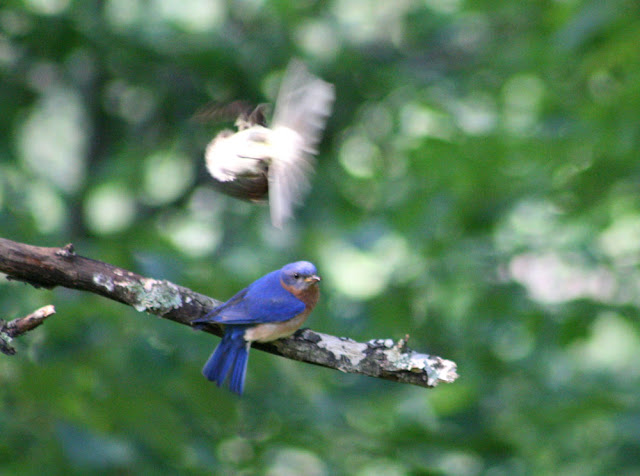This would not be a decision to celebrate, but a great loss for wildlife. There are only a small percentage of hunters who are interested in this hunt, and many hunters who are very opposed to it. This is not a we-they issue. Those of us who do not wish to see the eastern population of greater sandhill cranes hunted are all in this together. We are sandhill crane lovers, hunters and non-hunters.
If you have not already done so, please help protect eastern sandhills by voicing your opposition to this hunt. As you write your letter or make your comments, be sure to mention the following: your recent visit to the state of Kentucky, and your involvement in fishing or hunting or boating. Also mention if you've taken part in breeding bird surveys, or made wildlife contributions in that state, or been involved in bird banding. The Commissioners will be more interested in what you have to say if they understand your interest in their state and their state's wildlife.
Your comments need not be long, just simply state your interest in the issue and your opposition. You can find all the commissioners phone numbers and addresses listed at the following link: Kentucky Coalition for Sandhill Cranes--Call to Action
An important note about contacting commissioners: Commissioner Gassett responded to my letter and has responded to others, and his response was appreciated. He has made it clear that he favors the hunting of sandhill cranes. My experience with the Tennessee Wildlife Resources Commission was that each commissioner had a different background, attitude and opinion on hunting sandhill cranes in Tennessee. All were interested in the information and concerns they received. Direct your comments to the other commissioners, as well as, to Commissioner Gassett.
At this date, email and phone calls are the best way to insure that your voice is heard. To reach all the commissioners by email, it is suggested you address your comments to "Commissioners, Kentucky Fish and Wildlife Resources", and email to KDFWR Commissioner Jon Gassett at jon.gassett@ky.gov, with a request that he distribute the letter to commissioners prior to June 3, 2011 meeting.
Links and Resources:
Call to Action at the Kentucky Coalition for Sandhill Cranes
For the history of the sandhill crane hunt issue in the east, visit Sandhill Crane Hunting on this blog.
Your comments need not be long, just simply state your interest in the issue and your opposition. You can find all the commissioners phone numbers and addresses listed at the following link: Kentucky Coalition for Sandhill Cranes--Call to Action
An important note about contacting commissioners: Commissioner Gassett responded to my letter and has responded to others, and his response was appreciated. He has made it clear that he favors the hunting of sandhill cranes. My experience with the Tennessee Wildlife Resources Commission was that each commissioner had a different background, attitude and opinion on hunting sandhill cranes in Tennessee. All were interested in the information and concerns they received. Direct your comments to the other commissioners, as well as, to Commissioner Gassett.
At this date, email and phone calls are the best way to insure that your voice is heard. To reach all the commissioners by email, it is suggested you address your comments to "Commissioners, Kentucky Fish and Wildlife Resources", and email to KDFWR Commissioner Jon Gassett at jon.gassett@ky.gov, with a request that he distribute the letter to commissioners prior to June 3, 2011 meeting.
Greater sandhill cranes defining territory on staging grounds.
Watercolor by Vickie Henderson.
Links and Resources:
Call to Action at the Kentucky Coalition for Sandhill Cranes
For the history of the sandhill crane hunt issue in the east, visit Sandhill Crane Hunting on this blog.



























































